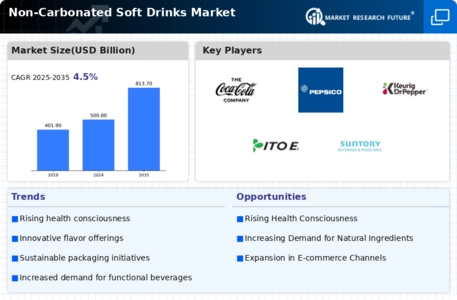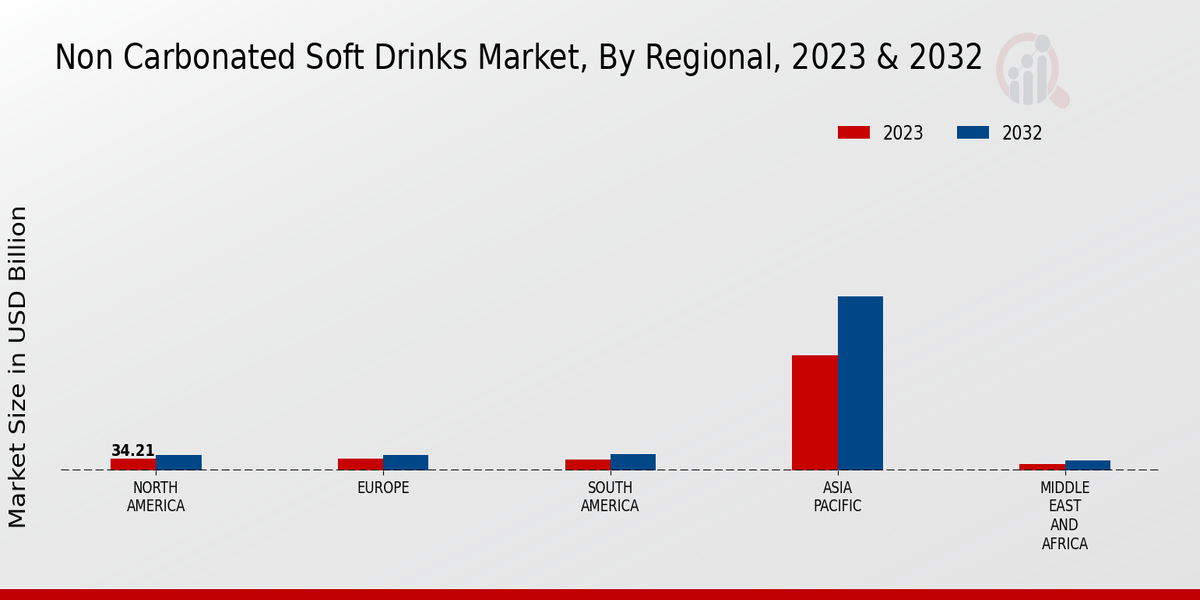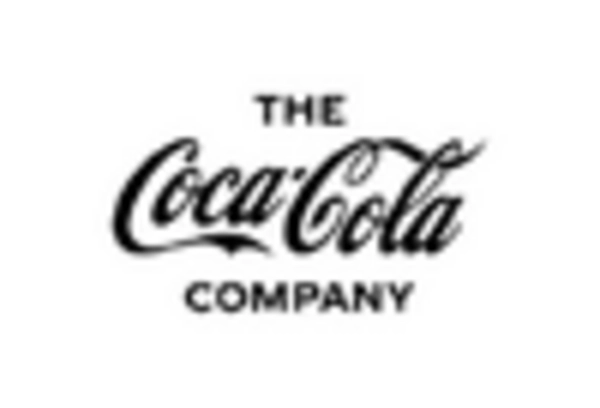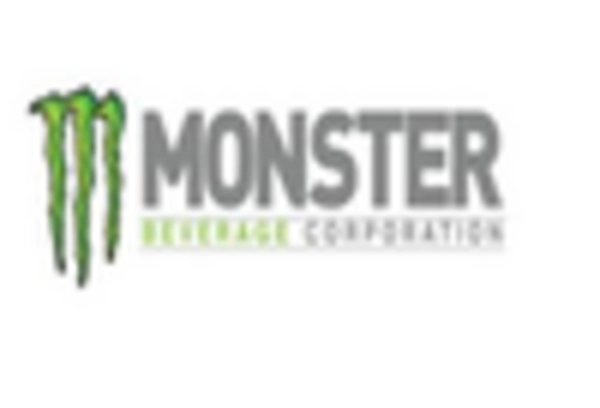Diverse Flavor Profiles
The Non-Carbonated Soft Drinks Market is experiencing a notable shift towards diverse flavor profiles. Consumers are increasingly seeking unique and exotic flavors that go beyond traditional offerings. This trend is driven by a desire for new taste experiences and the exploration of global cuisines. Manufacturers are responding by introducing innovative flavors, such as herbal infusions, tropical fruits, and even savory options. Market analysis indicates that beverages with unique flavor combinations are likely to capture a larger share of the market, as they appeal to adventurous consumers. This diversification in flavor offerings is expected to play a significant role in shaping the future of the Non-Carbonated Soft Drinks Market.
Health-Conscious Choices
The increasing awareness of health and wellness among consumers appears to be a primary driver for the Non-Carbonated Soft Drinks Market. As individuals become more health-conscious, they tend to seek alternatives to sugary and carbonated beverages. This shift is reflected in the growing demand for beverages that are low in sugar, calorie-free, or enriched with vitamins and minerals. According to recent data, the market for non-carbonated drinks is projected to grow at a compound annual growth rate of approximately 6% over the next five years. This trend indicates that consumers are actively seeking healthier options, which is likely to influence product development and marketing strategies within the Non-Carbonated Soft Drinks Market.
Rise of Functional Beverages
The emergence of functional beverages is reshaping the Non-Carbonated Soft Drinks Market. These drinks, which offer additional health benefits beyond basic hydration, are gaining traction among consumers. Products infused with probiotics, antioxidants, and electrolytes are becoming increasingly popular, as they cater to the growing demand for beverages that support overall health and wellness. Market data suggests that the functional beverage segment is expected to witness substantial growth, with an estimated increase of 8% annually. This trend indicates that consumers are not only looking for refreshment but also for beverages that contribute positively to their health, thereby driving innovation and diversification within the Non-Carbonated Soft Drinks Market.
Convenience and On-the-Go Consumption
The fast-paced lifestyle of consumers is significantly influencing the Non-Carbonated Soft Drinks Market. As individuals seek convenience, the demand for ready-to-drink beverages is on the rise. Products that are easy to carry and consume on-the-go are becoming increasingly popular, particularly among busy professionals and active individuals. Market data suggests that the on-the-go segment is projected to grow by approximately 7% in the coming years. This trend indicates that manufacturers must focus on packaging solutions that enhance portability while maintaining product quality. The emphasis on convenience is likely to drive innovation and product development within the Non-Carbonated Soft Drinks Market.
Sustainability and Eco-Friendly Packaging
Sustainability has emerged as a crucial factor influencing consumer choices in the Non-Carbonated Soft Drinks Market. As environmental concerns rise, consumers are increasingly favoring brands that prioritize eco-friendly practices, including sustainable sourcing and packaging. The demand for biodegradable and recyclable packaging materials is on the rise, with many companies adapting their strategies to meet these expectations. Recent studies indicate that brands that adopt sustainable practices can enhance their market share by appealing to environmentally conscious consumers. This shift towards sustainability not only reflects changing consumer preferences but also presents opportunities for innovation within the Non-Carbonated Soft Drinks Market.


















Leave a Comment